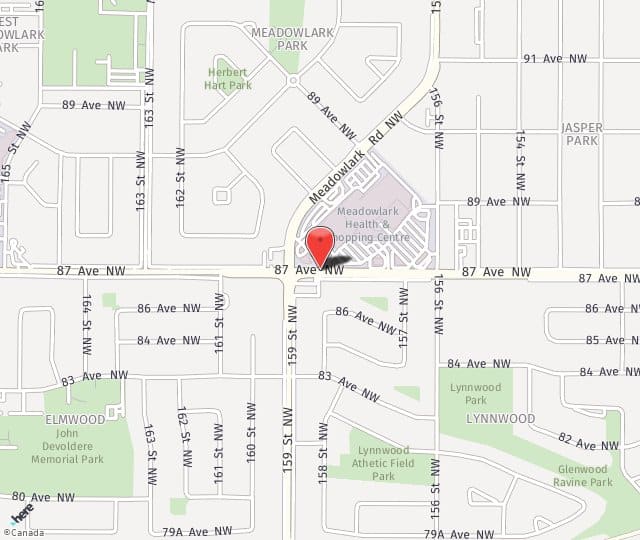Liposuction is a minimally invasive cosmetic procedure that uses a thin, hollow tube called a cannula to remove localized areas of body fat. The cannula is inserted through extremely small incisions, and then moved back and forth to loosen excess fat, which is suctioned out using a vacuum or a cannula-attached syringe. Treated areas look slimmer and more contoured and in better overall proportion to the rest of the body. However, liposuction is not a method for losing weight and is not effective in eliminating cellulite, or tightening loose and sagging skin.
The ideal candidate for liposuction is in good overall health, but has one or more areas of fat that do not respond to diet or exercise. Areas that are often treated with liposuction include the chest, abdomen, arms, thighs, hips and buttocks. Liposuction can be performed alone, or in conjunction with other cosmetic procedures, such an abdominoplasty.
The Liposuction Procedure
One of the most common liposuction techniques is tumescent liposuction. The procedure is performed with general anesthesia. It is performed as day surgery with patients going home the same day after their surgery.
During tumescent liposuction, a solution comprising saline solution, lidocaine (an anesthetic) and epinephrine (a blood-vessel contractor) is injected into the area being treated. The solution causes the targeted tissue swell and become firm, which makes it easier to remove via the cannula. Other advantages to this technique are that the postsurgery anesthetic is built in and blood loss is minimized because the epinephrine constricts blood vessels.
Recovery From Liposuction
After liposuction, patients experience mild swelling, bruising and discomfort in the treated area. Compression garments are typically worn to help reduce these symptoms as the area heals. Many can return to work within 1 week provided they are not lifting greater than 5 pounds. Exercise and other strenuous activity should be avoided for at least one month.
Risks Of Liposuction
In addition to the usual risks associated with surgery, risks associated with liposuction include the following:
- Loose or rippled skin
- Worsening of cellulite
- Asymmetry
- Loose or rippled skin
- Worsening of cellulite
- Asymmetry
When large amounts of fat are removed, surgery to remove excess skin may be necessary.
Results Of Liposuction
Results of the liposuction procedure may not be apparent until swelling and bruising subside, which usually takes 1 to 2 weeks minimum; swelling should completely subside within a few months. Incisions are sutured and scarring is almost nonexistent, because the incisions used for the cannula are so small. The results of liposuction are long-lasting, unless a substantial amount of weight is gained.

